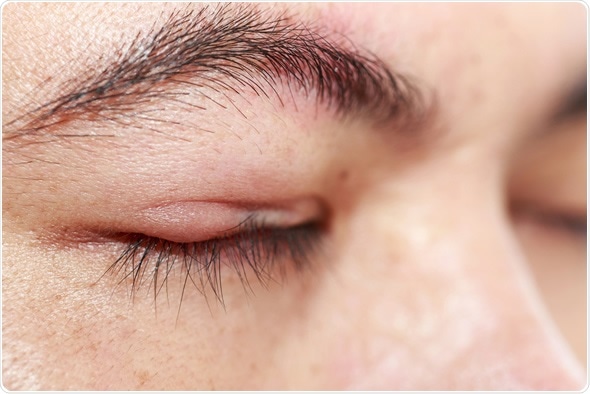Site Under Development, Content Population and SEO, Soft Launch 1st January 2020
A stye is caused by an acute infection of the oil glands inside the eyelid. It does not usually affect vision. The infection at the base of the eyelash appears as a tiny yellow spot.
Styes are more likely to occur in children and young adults, but can affect people of all ages. Styes usually occur singularly, but more than one can develop on an eyelid at a time.

The infection is usually caused by staphylococcal bacteria which are already present on the body, frequently inside the nose. These bacteria produce a stye by:
The bacteria are easily spread when you touch a surface or eye which carries the bacteria and then rub or touch your eye. Sharing personal items such as towels, or touching someone’s face with dirty hands, can also spread the bacteria that cause styes.
Contact lenses
Contact lens users may be at risk if they do not follow the correct procedure for cleaning and handling their contact lenses carefully before putting them into their eyes.
They should first wash their hands to avoid the transfer of germs or dirt into their eyes. This also helps to remove moisturizers and soaps which may affect the contact lenses.
Lenses need to be cleaned and disinfected with special solutions, before being rinsed. This reduces the build-up of material from the eyes, such as cosmetics and other debris, on the lenses.
Contact lenses should be put in a clean case with fresh solution, to disinfect them. This is especially important to prevent the transmission of the bacteria that cause styes to form.
If a contact lens user develops a stye, those lenses should be discarded to avoid reinfection. Fresh lenses should be used when the eye has healed.
Makeup
Cosmetics can also be a source of infection via the transfer of bacteria on the eyelids and eyelashes to the tools used for makeup. For instance, every time a makeup brush is used on the eye it is colonized by some bacteria already dwelling there. These build up over time in the makeup product and container, causing the transfer of bacteria in increasing amounts with each use.
If you use any makeup, you should carefully cleanse your face with a sterile cleanser each day to minimize the chances of an infection. Old and expired makeup carries a higher risk of germ transfer due to the build-up of bacteria over time in the products and containers. Makeup products should not be shared to avoid the risk of infection being carried from one person to another. Cases used to store cosmetics should be cleaned regularly and stored below 85oF/29oC. Discard makeup which has been around for a long time, such as more than a few months.
Blepharitis
The condition blepharitis refers to the inflammation of the eyelids. This can also increase your chances of developing a stye. The symptoms include itching or burning of the eyes, with sore, crusted and sticky eyelids. It often affects people who are over the age of 40.
Ocular rosacea
Another risk factor for styes to develop is rosacea. This condition presents with reddish flushed skin on the face of a patient, causing fine scaling. This can cause blepharitis. The cause of rosacea is unknown. Ocular rosacea affects the skin of the eyelids, making the eyes dry, bloodshot, and inflamed. Most sufferers are female, and usually over the age of 30 years.
Nutrition and sleep
Styes also occur more often with weakened health. Thus sleep deprivation and vitamin deficiency may lower the immunity level and increase the chances of developing a stye.